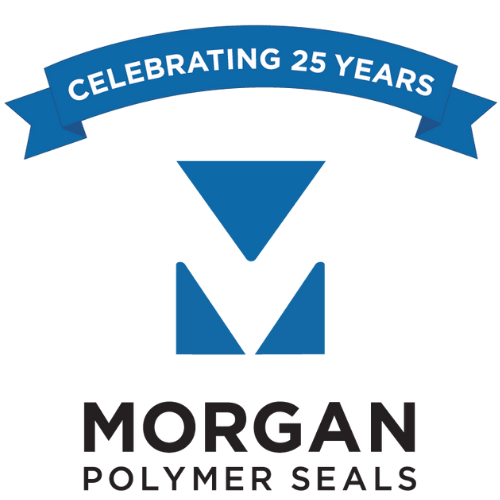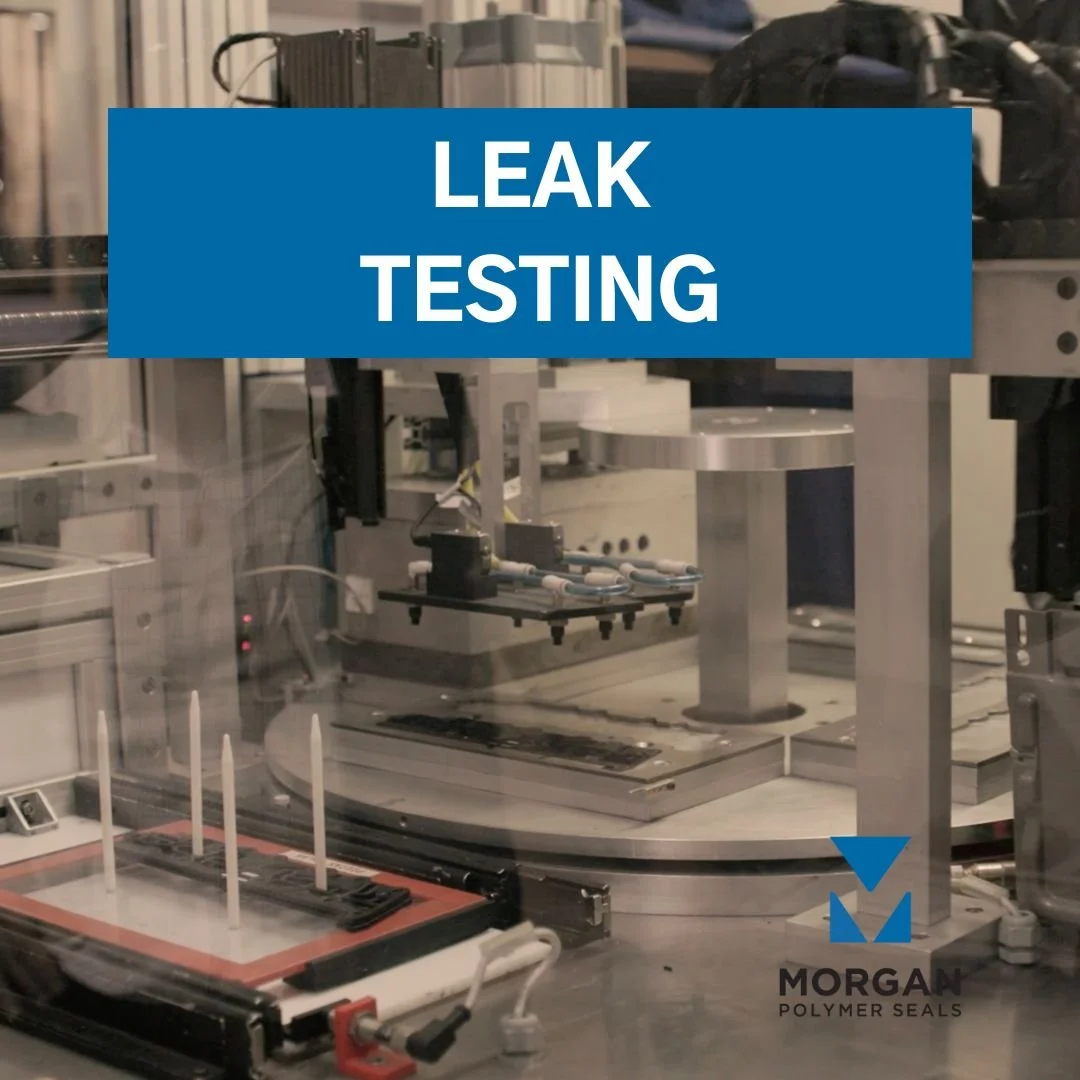Leak Testing for Automotive Gaskets
At Morgan Polymer Seals, we perform two critical types of leak testing to help support quality manufacturing for our automotive OEMs: Pressure Decay Testing and Destructive Testing. Here’s a description of both methods, followed by a video that shows leak testing at our manufacturing sites in Mexico.
Pressure Decay Leak Testing
Pressure decay testing involves pressurizing a sealed system containing automotive gaskets and seals with a known pressure and monitoring the rate of pressure drop over a specified time period. The key steps in pressure decay testing for automotive gaskets and seals include:
1. Sealing the Component: The automotive gasket or seal being evaluated is securely installed within the automotive system, ensuring a proper fit.
2. Applying Pressure: The system is pressurized to a predetermined level, typically exceeding the expected operating pressure to ensure rigorous testing.
3. Pressure Monitoring: A pressure sensor continuously records the pressure within the sealed system as it stabilizes.
4. Timed Observation: The system is observed for a predefined duration, during which any significant pressure drop is noted.
5. Analyzing Results: A substantial pressure drop during the test signifies a leak in the gasket or seal, prompting further investigation.
Destructive Leak Testing
Destructive leak testing for automotive gaskets and seals involves subjecting the components to conditions that exceed their expected operating limits, causing intentional failure. The key steps in destructive testing for automotive gaskets and seals include:
1. Specimen Preparation: A representative gasket or seal specimen is prepared and installed in a manner simulating its actual use in an automotive system.
2. Applying Stress: Extreme conditions, such as elevated pressure, temperature, or mechanical stress, are imposed on the specimen, surpassing typical operating parameters.
3. Observing Failure: The specimen is closely observed during the application of stress, with a focus on identifying visible leaks or changes in properties.
4. Post-Test Assessment: Following the test, the specimen is examined to assess the extent of damage or failure.
Differences Between Pressure Decay and Destructive Testing
Non-Destructive vs. Destructive: Pressure decay testing is non-destructive, preserving the gasket or seal for further use if it passes the test. In contrast, destructive testing intentionally causes damage or failure, rendering the component unusable.
Sensitivity: Pressure decay testing is highly sensitive and capable of detecting even minor leaks in automotive gaskets and seals. Destructive testing may only identify large or catastrophic failures.
Application: Pressure decay testing is primarily employed for production quality control to ensure the reliability of gaskets and seals without destroying the product. Destructive leak testing is typically conducted on a smaller scale for research and development purposes.
At Morgan Polymer Seals, our technical team performs in-house validation to ensure each molded product meets the application specifications set by our customers. Watch this video to see filter plates undergoing leak testing at our manufacturing site in Mexico. (Shown at 1:28 in the video)
Leak Testing shown at 1:28

